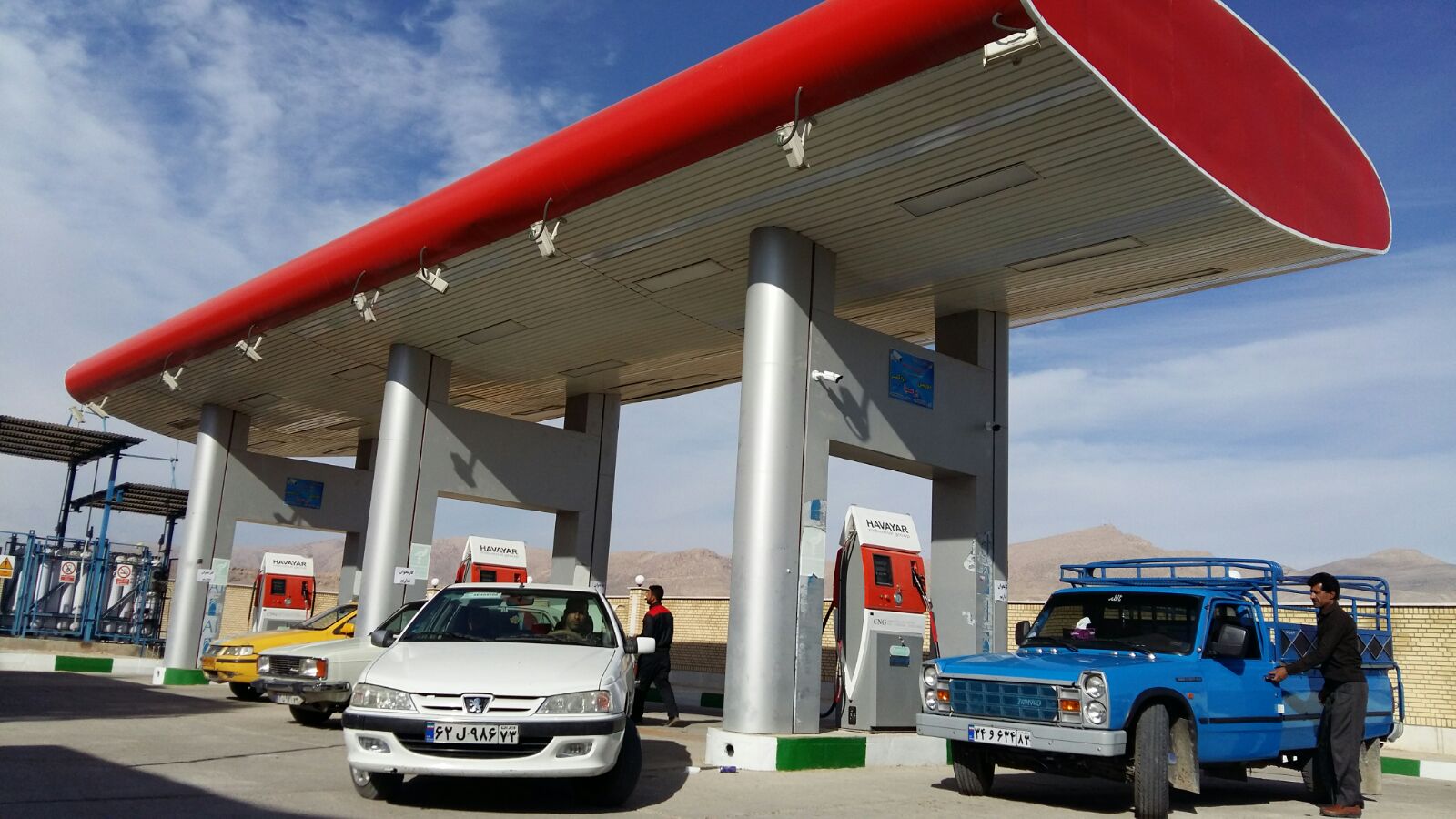Auto production data show that in the current fiscal (started in March) production of ‘natural gas-gasoline hybrid’ vehicles increased 5.54% in the first four months year-on-year.
According to the Ministry of Industries, Mining and Trade, domestic automakers produced 73,995 CNG hybrids and vans in the period.
The numbers seem promising as in the last Iranian year total production had seen an average 6.3% decline YOY.
As per the ministry statistics, the major share of CNG production belongs to Iran Khodro with 70,054 units -- a 19.11% increase YOY.
IKCO’s CNG hybrid Peugeot 405 topped the list with 53,578 units.
The late 1990s Irish-designed Samand was second with 13,340 CNG-powered units and Peugeot Pars, a rehashed 405 design, output reached 3,136 units.
However, the statistics are completely different for SAIPA, the second automaker. It barely produced 3,941 CNG hybrid vehicles showing a 65% drop Y/Y.
SAIPA’s Pride, which it once produced in unusually large numbers and is still the cheapest car in the local market, has simply vanished from the production charts.
Financial Tribune contacted the carmaker for further information on the absence of the CNG Pride. The company did not want to comment.
SAIPA’s Tiba production was put at 3,941 CNG units in the first four months, becoming the leading vehicle currently produced by the company.
Tiba’s CNG rollout rate increased 144% YOY, which seems logical as SAIPA has been trying to gradually phase out production of the Pride following mounting pressure from auto safety organizations and environmentalists.
Incentives Needed for CNG Sales
It has been over a decade since the introduction of CNG-fueled cars in Iran and progress of moving away from gasoline cars has been a damp squib.
One of the main reasons for the sagging figures on CNG purchases is related to a lack of infrastructure.
Another reason -- cited in this newspaper on several occasions -- is the poor state of fuel stations, the majority owned by the state and the rest a small handful of owners with little or no desire to invest due to capped fuel pricing structures.
In cities like Tehran, the shortage of fuel stations is more acute with many stations not being upgraded to support CNG in the past decade and long queues of cars seen day and night at almost all the gas pumps.
Industry Officials Not Impressed
According to the National Iranian Oil Products Distribution Company, after 10 years, there are only 2,380 compressed CNG stations across the country.
The head of Alternative Fuels Union Ali Mahmoudian said last week that if the government really wants to reduce air polluting fuels like gas and petrol, cutting the price of compressed natural gas for domestic consumers would be imperative.
“The share of CNG-powered transport is between 21% and 23%, but it can increase to 45-50% if consumers are encouraged to use more of the clean fuel by offering incentives such as reduced prices.”
According to Mahmoudian, the union has asked the Oil Ministry for a 1,500-rial (4.5 cents) per cubic meter price cut in CNG prices, and If the ministry endorses the proposal, the CNG price will be cut to around 9 cents from the approximately 12.6 cents per cubic meter.


